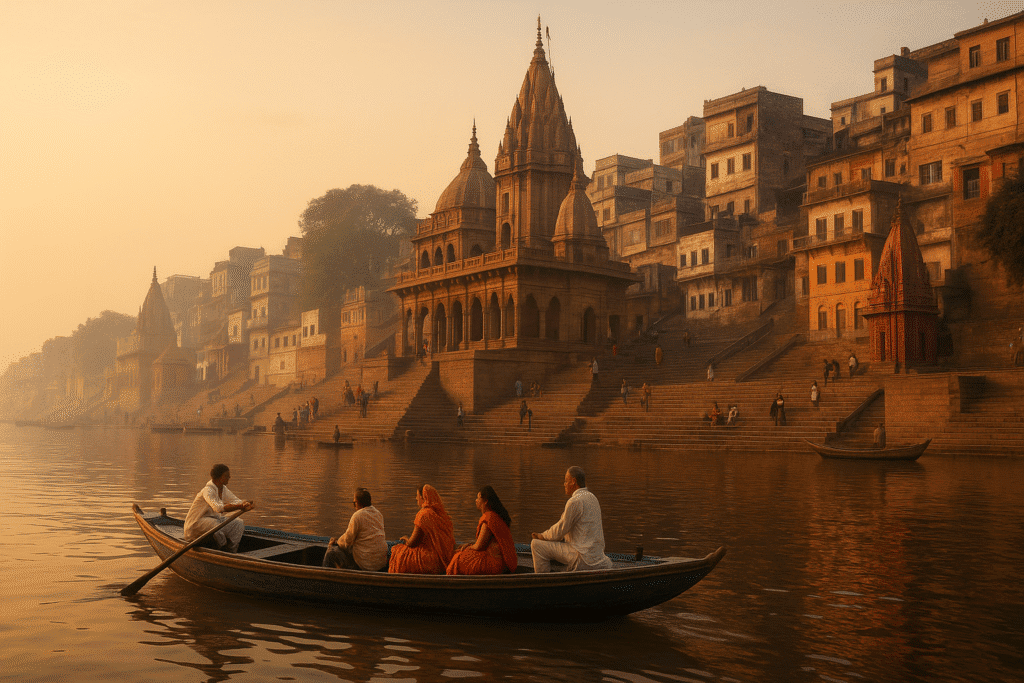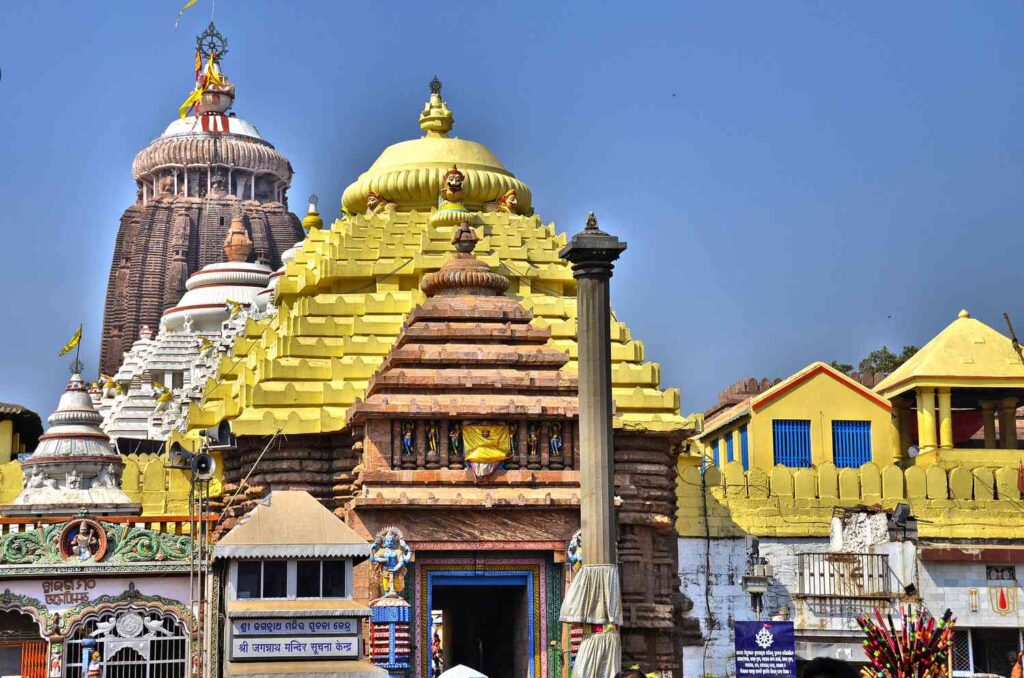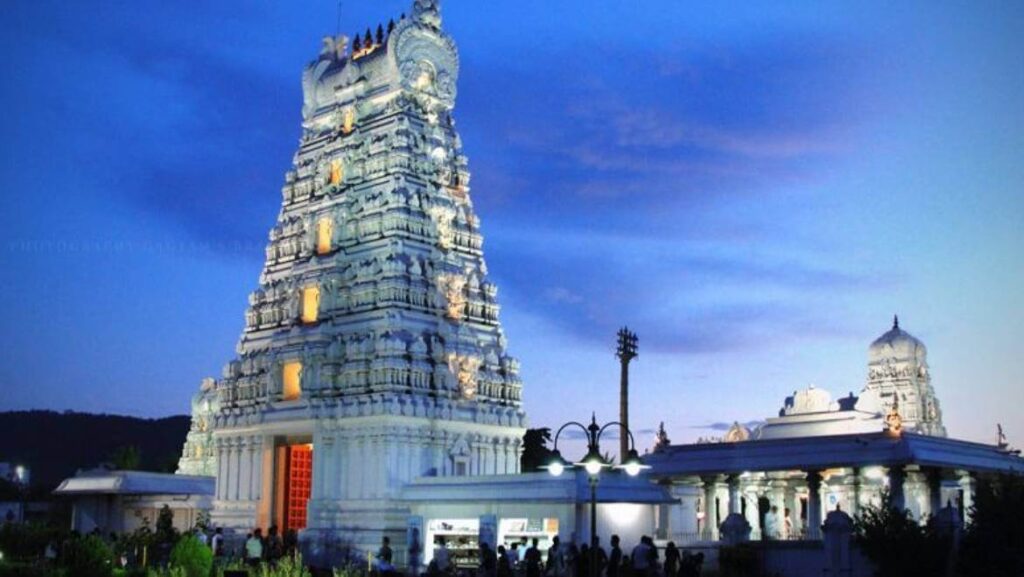Varanasi, also known as Kashi or Benares, is one of the oldest continuously inhabited cities in the world and a spiritual epicenter of India. Located on the banks of the sacred Ganges River in Uttar Pradesh, it is revered as the holiest city in Hinduism and a significant site for Jainism and Buddhism. Known as the “City of Light,” Varanasi is a vibrant tapestry of ancient temples, bustling ghats, timeless rituals, and profound mysticism. This article explores Varanasi’s historical significance, spiritual importance, cultural heritage, major attractions, and its enduring legacy.
Historical Background
Ancient Origins
Varanasi’s history stretches back over 3,000 years, with references in ancient texts like the Rigveda, Mahabharata, and Puranas. It is believed to have been founded by Lord Shiva, earning it the title “City of Shiva.” Archaeological evidence suggests continuous habitation since at least 1800 BCE, making it one of the world’s oldest living cities.
Evolution Through Time
Varanasi flourished as a center of trade, learning, and religion under various dynasties, including the Mauryas, Guptas, and Pala kings. It was a hub for scholars, poets, and philosophers, contributing to India’s intellectual and spiritual traditions. Despite invasions and destruction by foreign rulers, particularly during the medieval period, Varanasi’s spiritual essence remained intact, with temples and ghats rebuilt over centuries.
Spiritual Significance
Hinduism’s Holiest City
Varanasi is considered the spiritual capital of Hinduism, where devotees seek moksha (liberation from the cycle of rebirth). It is believed that dying in Varanasi and being cremated on its ghats ensures salvation. The city is home to thousands of temples, with the Kashi Vishwanath Temple, dedicated to Lord Shiva, being the most revered.
Connection to Other Religions
Varanasi holds significance in Jainism, as it is the birthplace of the 23rd Tirthankara, Parshvanatha. In Buddhism, it is one of the four key pilgrimage sites, as Gautama Buddha delivered his first sermon at nearby Sarnath. The city’s inclusive spiritual ethos attracts followers of multiple faiths.
Major Attractions
Kashi Vishwanath Temple
The Kashi Vishwanath Temple, one of the 12 Jyotirlingas, is the spiritual heart of Varanasi. Its golden spire, donated by Maharaja Ranjit Singh, gleams over the city. The temple’s sanctum houses a self-manifested lingam of Lord Shiva, drawing millions of devotees annually. Recent developments, like the Kashi Vishwanath Corridor, have enhanced accessibility and infrastructure.
The Ghats of Varanasi
Varanasi’s 88 ghats along the Ganges are iconic, each with its own history and purpose. Dashashwamedh Ghat is the most prominent, known for the daily Ganga Aarti, a mesmerizing ritual of fire and chants. Manikarnika and Harishchandra Ghats are dedicated to cremations, symbolizing the cycle of life and death. Other notable ghats include Assi, Kedar, and Tulsi Ghats, each offering a unique glimpse into Varanasi’s spiritual life.
Sarnath
Located 10 km from Varanasi, Sarnath is where Buddha preached his first sermon, marking the birth of the Buddhist Sangha. Key sites include the Dhamek Stupa, Chaukhandi Stupa, and the Sarnath Museum, which houses ancient Buddhist relics. The site attracts global pilgrims and scholars studying Buddhist heritage.
Cultural Heritage
Festivals and Rituals
Varanasi is a hub of vibrant festivals. Dev Deepawali, celebrated 15 days after Diwali, sees the ghats illuminated with thousands of diyas (oil lamps) to honor the Ganges. Maha Shivaratri, Holi, and Ram Navami are marked with grand celebrations at temples and ghats. The daily Ganga Aarti, performed at Dashashwamedh Ghat, is a spiritual spectacle that draws locals and tourists alike.
Music, Arts, and Literature
Varanasi is a cradle of Indian classical music, with the Banaras Gharana nurturing legendary musicians like Pandit Ravi Shankar and Bismillah Khan. The city’s literary tradition includes luminaries like Tulsidas, who composed the Ramcharitmanas here. Traditional crafts like Banarasi silk sarees, known for their intricate zari work, are globally renowned.
Social and Economic Impact
Pilgrimage and Tourism
Varanasi attracts millions of pilgrims and tourists annually, contributing significantly to the local economy. The city’s tourism infrastructure, including hotels, guided tours, and boat rides on the Ganges, supports thousands of livelihoods. Recent government initiatives, like the Swachh Ganga campaign and improved connectivity, have boosted tourism.
Education and Learning
Varanasi is home to prestigious institutions like Banaras Hindu University (BHU), founded by Pandit Madan Mohan Malaviya in 1916. BHU is a leading center for research and education, preserving Varanasi’s legacy as a seat of learning. The city also hosts numerous Sanskrit schools and spiritual retreats.
Visiting Varanasi
Accessibility
Varanasi is well-connected by air, rail, and road. Lal Bahadur Shastri International Airport, 25 km from the city, serves domestic and international flights. Varanasi Junction and Manduadih Railway Stations link to major Indian cities. Local transport includes auto-rickshaws, cycle rickshaws, and boats for navigating the ghats.
Guidelines for Visitors
Visitors should dress modestly, especially at temples and ghats, and respect local customs. Photography at cremation ghats is sensitive and often discouraged. Hiring a local guide or joining a heritage walk can enrich the experience, offering insights into Varanasi’s history and spirituality.
Challenges and Preservation
Environmental Concerns
The Ganges faces pollution from industrial waste, sewage, and ritual offerings, impacting the city’s ecosystem. Initiatives like the Namami Gange project aim to clean the river and promote sustainable tourism. Efforts to manage waste during festivals are also underway to preserve the ghats’ sanctity.
Urban Development
Balancing modernization with heritage preservation is a challenge. While infrastructure improvements like the Kashi Vishwanath Corridor enhance accessibility, they spark debates about altering the city’s traditional character. Authorities strive to maintain Varanasi’s ancient charm amid urban growth.
Conclusion
Varanasi, the eternal city of Kashi, is a living testament to India’s spiritual, cultural, and historical richness. Its sacred ghats, ancient temples, and vibrant traditions create an unparalleled experience for pilgrims, scholars, and travelers. As a city where life and death coexist in harmony, Varanasi invites all to witness its timeless beauty and seek the divine light that has illuminated hearts for millennia.



